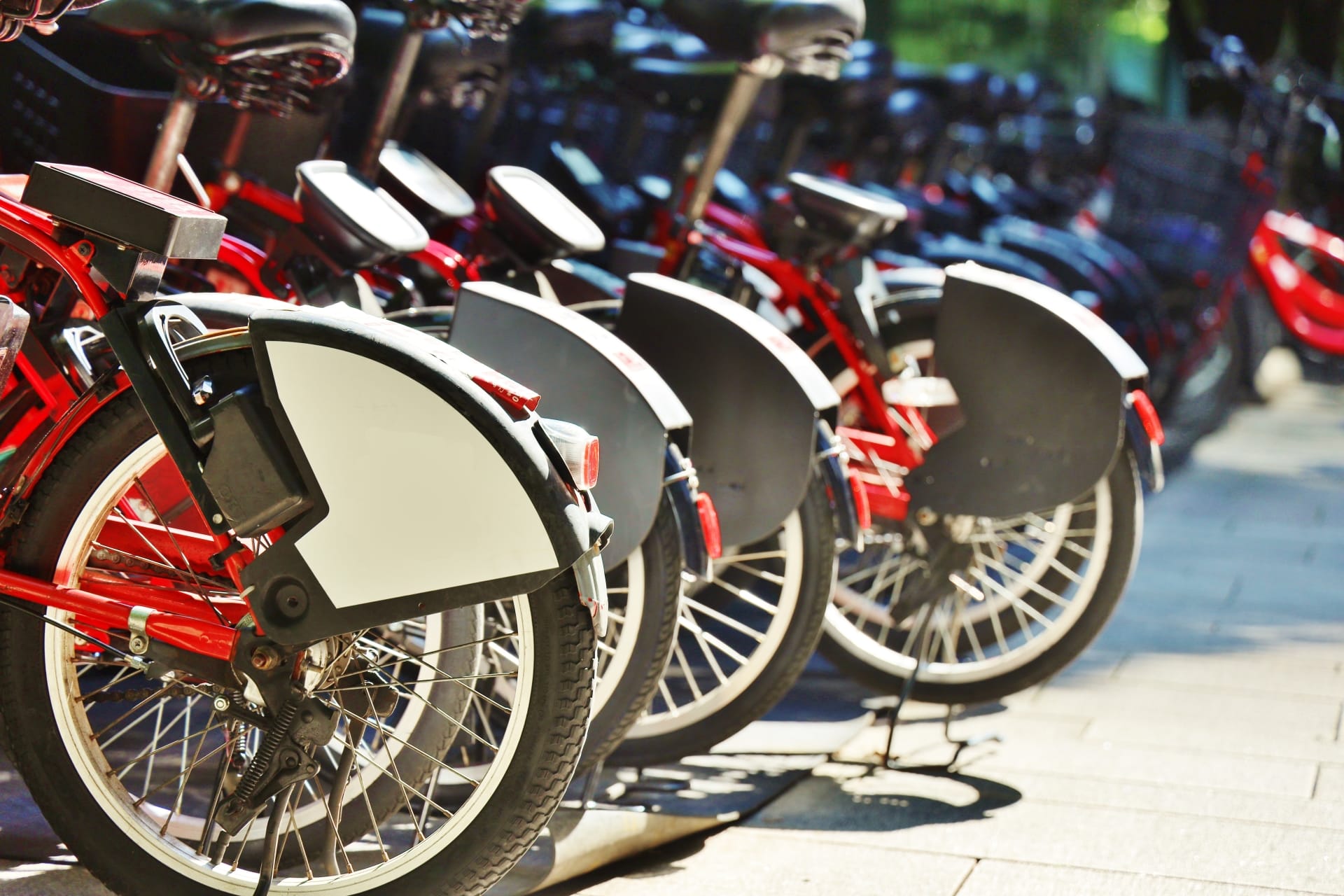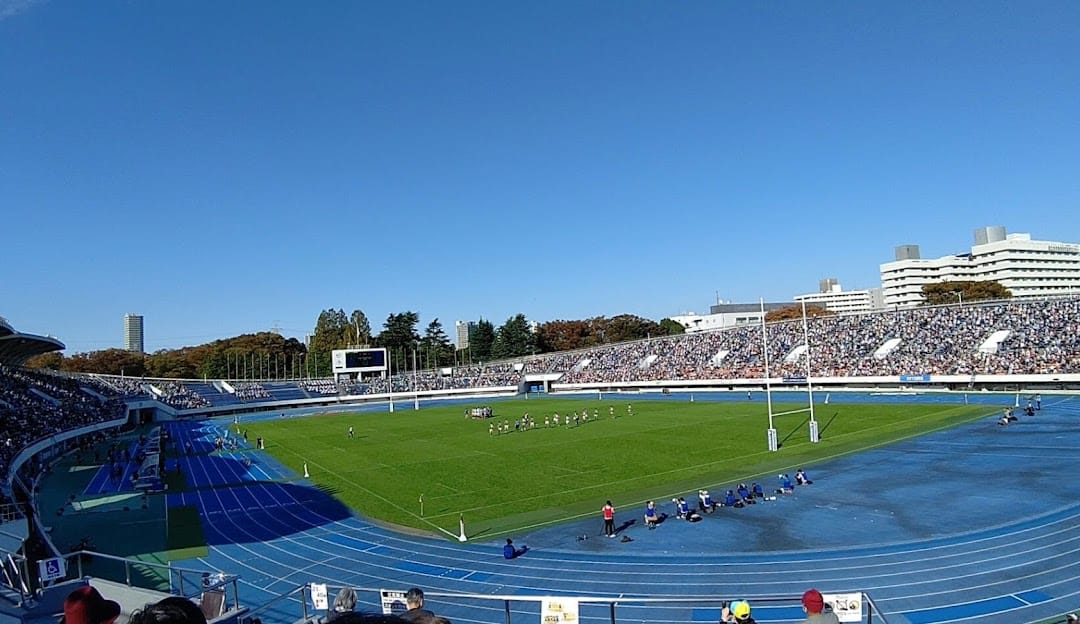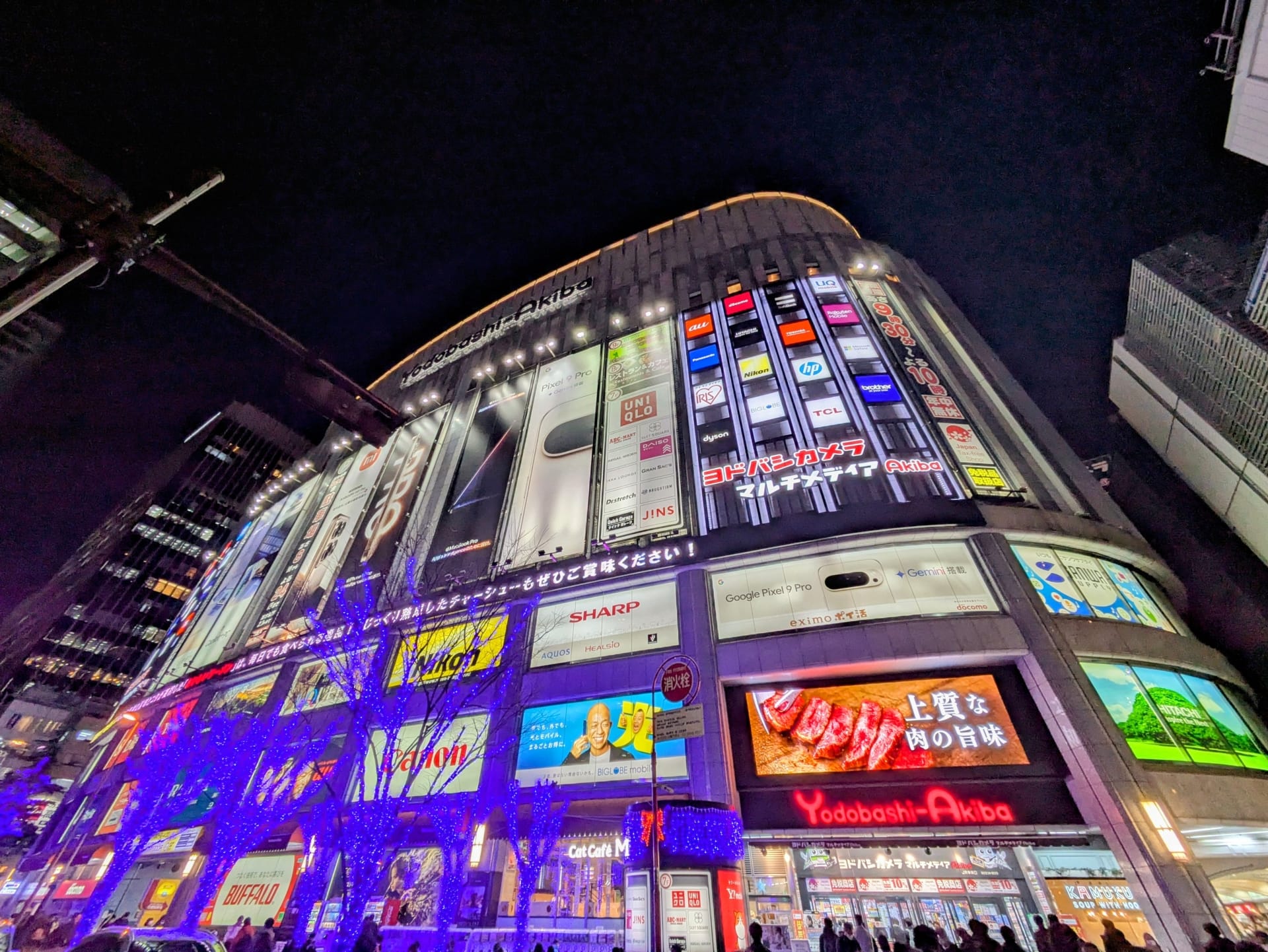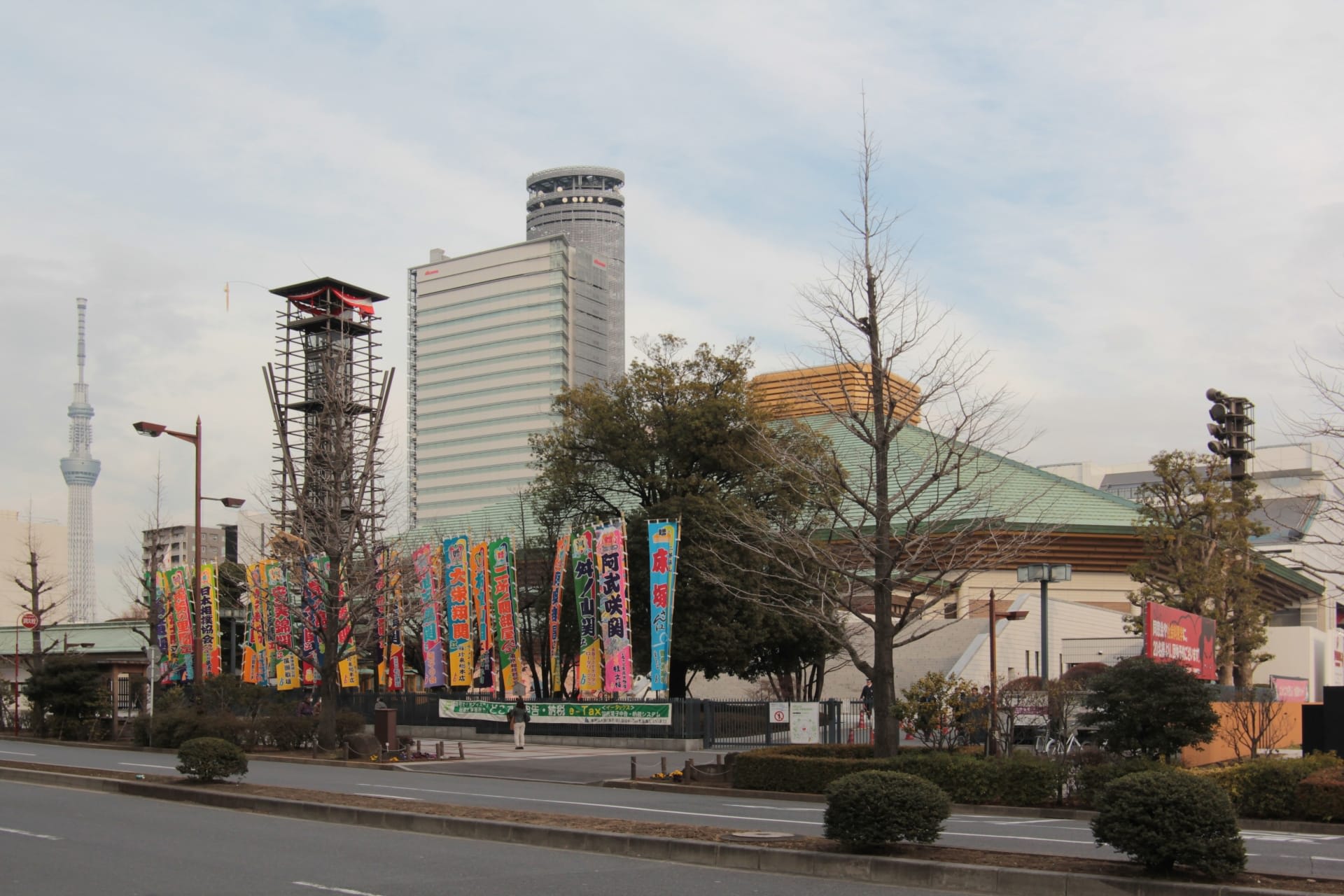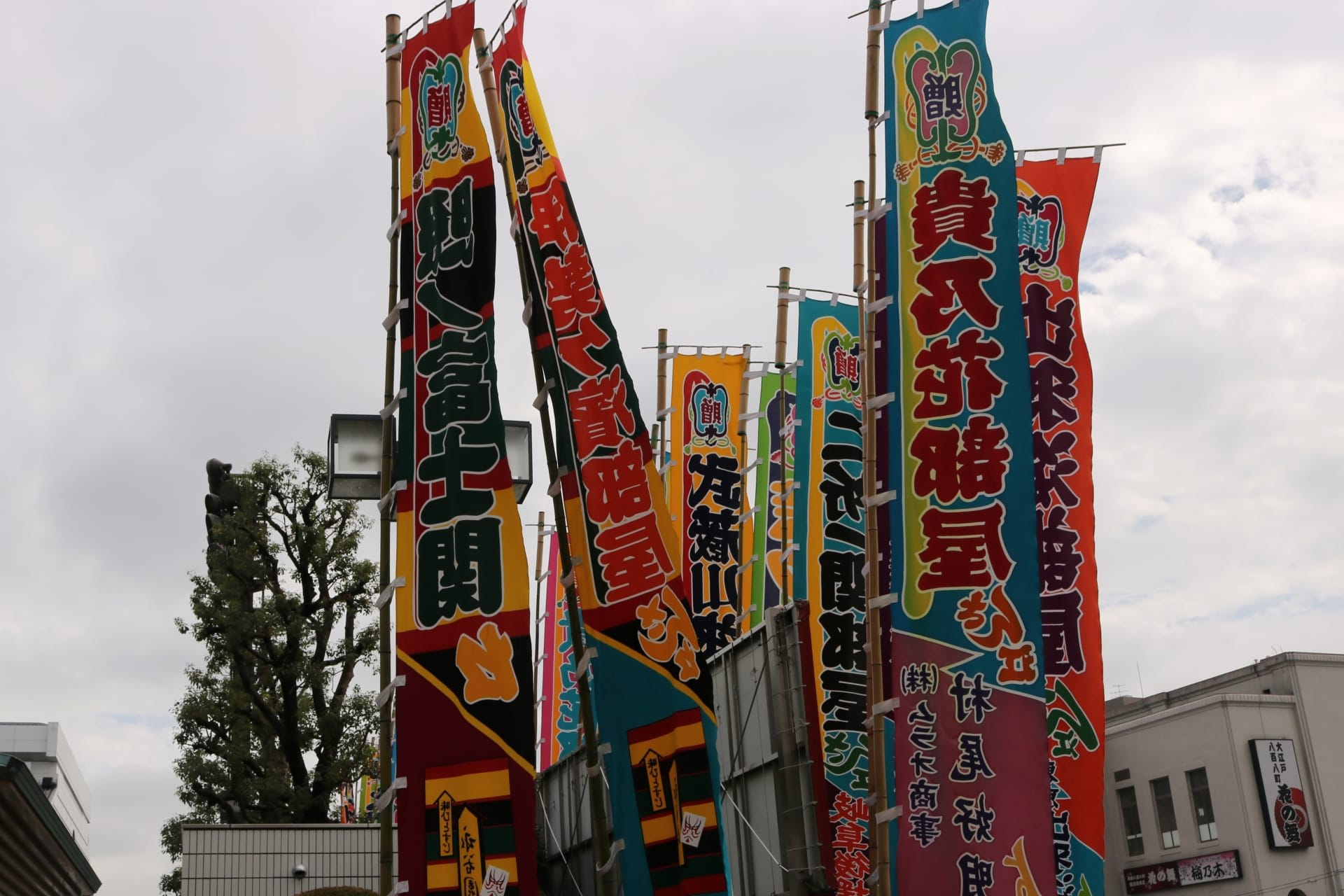Guide to Tokyo Cycling Spots 2025: Best Routes & Essential Tips for Tourists
Since Tokyo has so many must-see spots that it can be overwhelming, you need to plan efficiently to cover all the attractive locations. That's why Magical Trip offers various Tokyo tours guided by locals.
In particular, our "Tokyo Bar Hopping Night Tour in Shinjuku" (Ranked #1 among all TripAdvisor tours in 2024) and "Shibuya Bar Hopping Night Tour in Tokyo" take you to local favorites that tourists rarely discover on your own. When planning your Tokyo trip, include a Magical Trip tour in your itinerary.

Introduction
I'll introduce you to the charm of cycling through Tokyo's streets from a local's perspective.
After saying goodbye to crowded trains and buses, cycling allows you to discover a new side of Tokyo at your own pace, feeling the wind as you travel from tourist spots to back alleys. It's now secretly gaining popularity among foreign tourists.
Admittedly, the city center has a lot of traffic, and it might be a bit nerve-wracking at first. However, there are plenty of safe and enjoyable courses, such as well-maintained riverside routes and the Imperial Palace loop, which is closed to vehicles on weekends. Moreover, unlike trains, you can easily stop at any place you like, allowing you to efficiently visit new spots trending on social media and hidden gems that only locals know about.
Why not use this article as a reference to discover Tokyo's new charms while pedaling? From the nostalgic atmosphere of the old downtown to the latest spots. We'll deliver to you the diverse expressions of this city that we Tokyo locals continue to discover daily!
Table of Contents
・The Appeal of Cycling in Tokyo
・Rental Bicycle Information in Tokyo
・Major Cycling Spots in Tokyo
・Advanced Long-Distance Cycling Courses in Tokyo
・Precautions for Cycling in Tokyo
・Cycling Packing Checklist
・Frequently Asked Questions about Cycling in Tokyo
The Appeal of Cycling in Tokyo
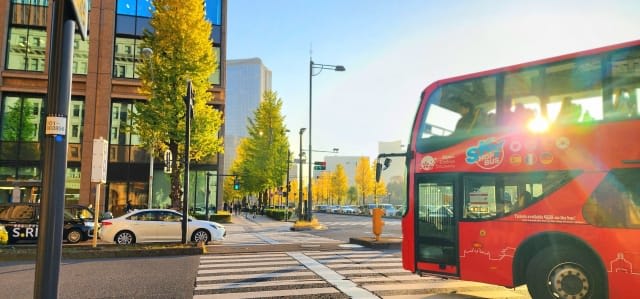
What I find particularly appealing about cycling in Tokyo is the freedom to tour sightseeing spots at your own pace, liberated from crowded trains. For example, by cycling from Asakusa to Tsukiji through narrow alleys and along canals, you can experience the daily lives of local people up close, something you can't see on the tourist-filled main streets.
Another unique feature of Tokyo is that you can enjoy nature while in the city. On the cycling roads along the Arakawa and Tama rivers, you can enjoy healthy sightseeing while observing seasonal flowers and wild birds.
Recently, it has been attracting attention as an environmentally friendly way of sightseeing, gaining support from tourists who are conscious of sustainable travel.
Rental Bicycle Information in Tokyo
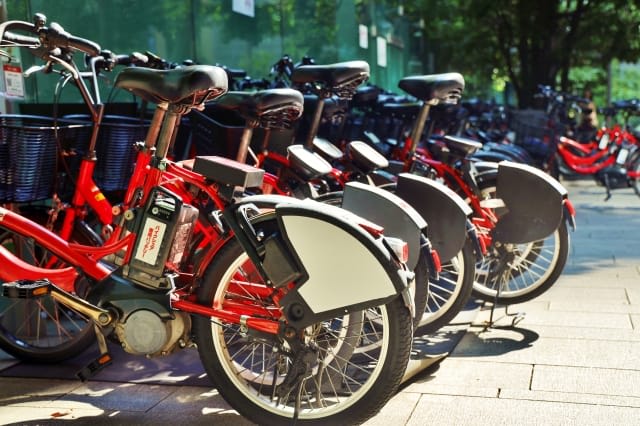
There are various bicycle rental options in Tokyo to meet the needs of tourists.
I recommend Tokyobike's rental service, which combines design and functionality. You can ride a sophisticated bicycle that matches Tokyo's cityscape for an affordable price starting from 2,000 yen per day.
For those prioritizing convenience, I recommend Docomo Bike Share. It's a share cycle system that can be used across multiple wards, with easy operations from reservation to return via smartphone.
For those concerned about long slopes, I recommend CycleTrap's electric bicycles. With assist functions, you can comfortably ride through Tokyo's hilly terrain.
For those looking for guided tours, our Magical Trip cycling tours are popular. You can include the rental procedures and return in the tour, and with careful guidance from local Japanese guides, you can efficiently tour Tokyo's attractive spots.
Website: https://www.magical-trip.com/product/3fca9a49-2cca-4031-9179-229b4a326315
Major Cycling Spots in Tokyo
Tokyo offers diverse cycling spots, from beginner-friendly safe park courses to advanced full-scale mountain routes. You can fully enjoy the charm of Tokyo, which has various expressions from historical landscapes to modern cityscapes, on each course.
Imperial Palace Loop Course
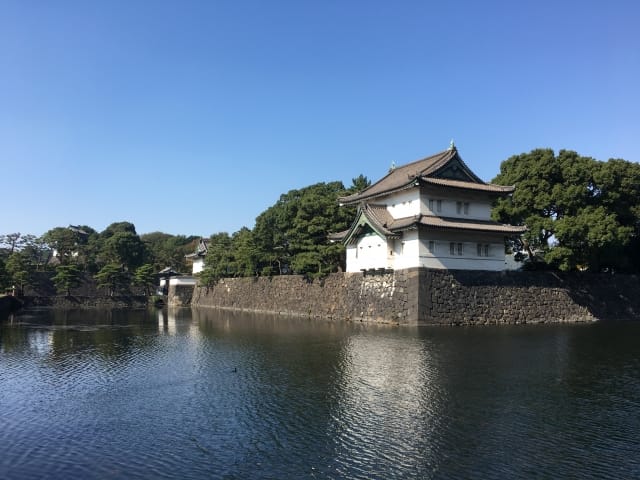
The Imperial Palace loop course, located in the center of Tokyo, is a standard tourist spot tour course with a total length of about 5km.
I often cycle here on Sundays when vehicle restrictions make it safe and comfortable to ride. The contrast between the modern high-rise buildings of the Marunouchi office district and the historical Imperial Palace and Edo Castle ruins is a special route where you can experience the new and old charms of Tokyo at once.
Particularly impressive are the photo spots at Tokyo Station and Gyoko Street. The scene where businessmen come and go and tourists smile with the majestic red brick station building in the background is an excellent photo spot that captures the vibrant daily life of Tokyo.
Tama River Cycling Road
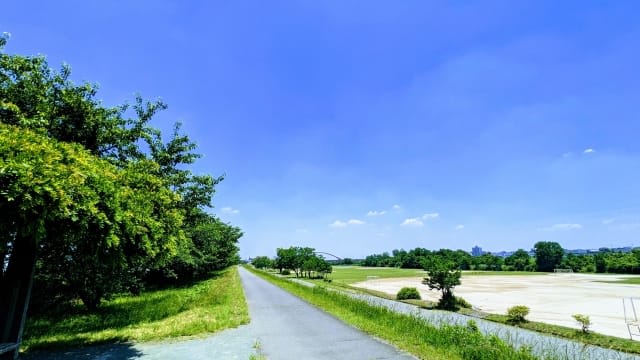
The Tama River Cycling Road is a riverside course about 50km long that I often visit on weekends. On this course, which runs from Haneda Airport to Okutama, you can enjoy Tokyo's scenery as it changes from urban areas to the suburbs all at once. What's notable is the well-maintained dedicated road, which allows even beginners to ride safely.
In spring, the cherry blossom trees bloom beautifully, and you can fully enjoy the atmosphere of Japanese spring while riding along the river. Another point is that there are plenty of rest facilities along the way. Here, you can see local people enjoying jogging and picnics, encountering everyday relaxing scenes in Tokyo.
Odaiba Marine Park Area
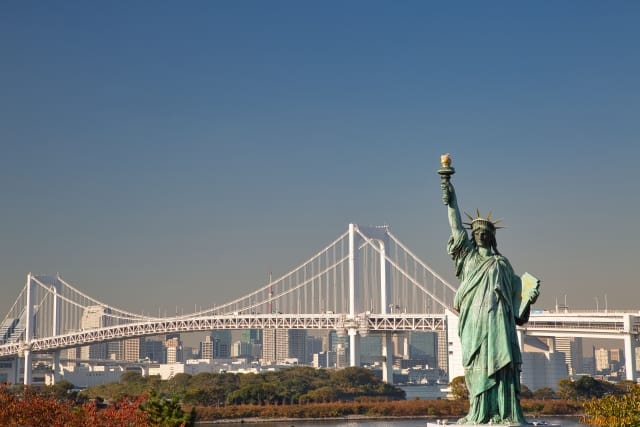
The area around Odaiba Marine Park is a special course where you can enjoy the spectacular views of the Tokyo Bay area.
I particularly like cycling here at dusk. The sunset behind Rainbow Bridge is truly spectacular. Modern tourist attractions such as Fuji TV headquarters and the Gundam statue are scattered around, and there are new discoveries one after another as you ride along the seaside.
Riding while feeling the sea breeze is a special experience that makes you forget you're in the city. On weekends, it's bustling with many families, and you can fully feel the charm of Tokyo's new leisure spot.
Arakawa Cycling Road
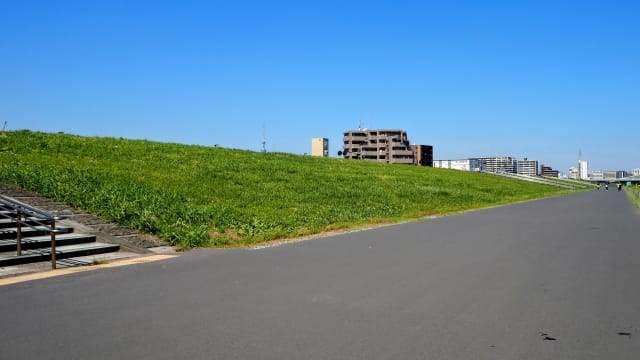
The Arakawa Cycling Road is Tokyo's longest riverside course, extending about 80-90km. This course, which I often visit with my local friends, features a flat route that's safe even for beginners. There are bird-watching spots scattered along the way, offering encounters with rich nature that make you forget you're in the city.
On the riverbank, which shows different expressions with each season, rape blossoms bloom in spring, sunflowers in summer, and cosmos in autumn. Along the way, there are well-equipped sports facilities and parks, allowing you to enjoy various activities between cycling.
I recommend an early morning ride. The scenery of the riverbank illuminated by the morning sun is exceptional, allowing you to start a refreshing day.
Komazawa Olympic Park
Source: Google Map
Komazawa Olympic Park, with its approximately 2km safe dedicated course within the park, is one of my favorite spots. This park, where you can feel the history of the 1964 Tokyo Olympics, is equipped with rental cycle stations, allowing you to easily enjoy cycling.
The park has comfortable cafes and rest areas, perfect for refreshing after cycling. On weekends, it's bustling with many families and is loved as a community relaxation spot.
While you can't enjoy the Tokyo cityscape, it's one of the spots I'd recommend to those who want to enjoy cycling safely in Tokyo.
Advanced Long-Distance Cycling Courses in Tokyo
For experienced cyclists, I'll introduce more challenging and attractive long courses. On these courses, you can thoroughly enjoy Tokyo's diverse expressions over a full day.
Yamanote Line Loop Course
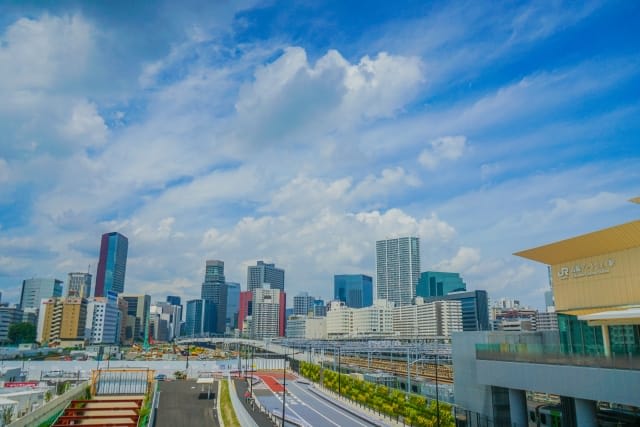
The Yamanote Line loop course, a downtown sightseeing route about 35km long, is my favorite course to challenge on holidays. You can efficiently tour Tokyo's main tourist spots such as Shinjuku, Shibuya, and Harajuku. Each station area has its own culture and atmosphere, allowing you to enjoy Tokyo's diverse expressions in a single day.
From my experience, I recommend starting early in the morning on this course. There are fewer people, and you can ride leisurely in the fresh morning air. You can also freely make detours if you find interesting spots along the way.
My favorite is the ginkgo tree-lined avenue in Meiji Jingu Gaien early in the morning. Especially in autumn, you can have the special experience of having the golden-colored avenue all to yourself.
Edogawa Cycling Road
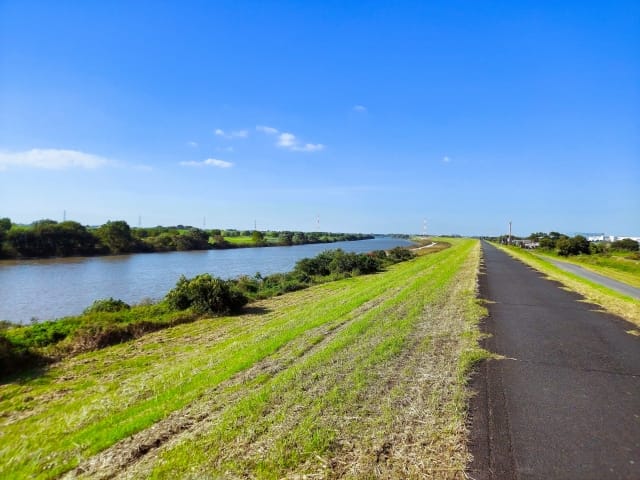
The Edogawa Cycling Road, about 60km long, is a grand course that you can ride from downtown to Chiba Prefecture. What I particularly like is that you can enjoy the peaceful riverside scenery away from the hustle and bustle of the city. You can enjoy the waterside nature while listening to the chirping of wild birds. You often see the peaceful figures of anglers, encountering scenery that could be called the original landscape of Japan.
There are regular rest areas and vending machines along the course, so you can feel secure even on long-distance rides. I recommend riding in spring and autumn when you can feel the changing seasons. The seasonal flowers blooming on the riverbank and the cityscape spreading across the opposite bank offer new discoveries every time you ride.
Okutama Circuit Course
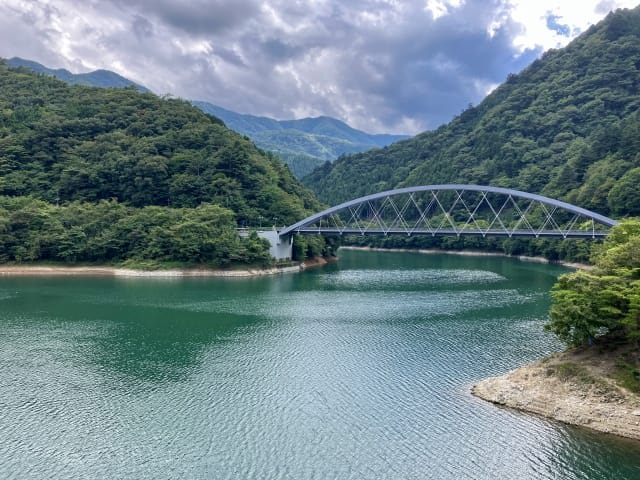
The Okutama Circuit Course is a full-fledged route that tours Tokyo's mountainous region. On this course, which I visit every season, you can enjoy spectacular views of nature that you can't experience in the city while conquering roads with elevation differences. There are many points of interest scattered around, such as valleys and waterfalls, and taking photos at each spot is also a highlight of the tour.
The autumn foliage season is particularly spectacular, with the mountains dyed in red and yellow, which is breathtaking. While it's a physically challenging course, there are also hot spring facilities along the way, perfect for refreshing after the ride.
My favorite is the quiet mountain road around Lake Okutama. In the clear air and mountain quietness, you can have a special experience that makes you forget the hustle and bustle of the city.
Tokyo Bay Coast Circuit Course
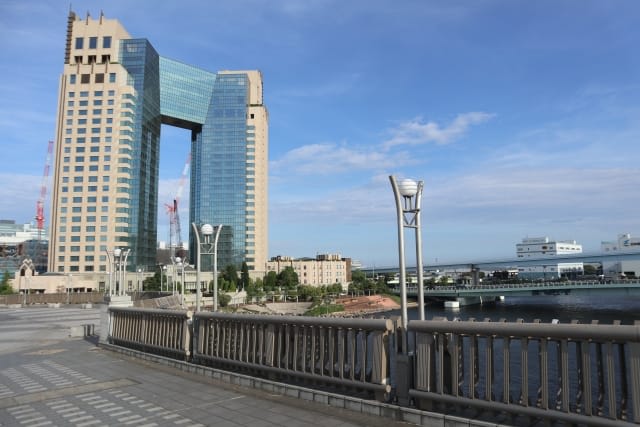
The Tokyo Bay Coast Circuit Course is a waterfront course full of urban charm. On this course, which I often ride in the evening and later, you can experience Tokyo's industrial aspects up close, such as factory night views and port scenery. The dynamic route that runs under the Metropolitan Expressway offers a special experience of feeling the city's strength.
The atmosphere of the port town with ships coming and going is a unique scenery of Tokyo's sea gateway. On holidays, there are relatively few cars, making it easy to ride, so you can enjoy the port town atmosphere at a leisurely pace.
I recommend riding at dusk. The port scenery illuminated by the setting sun and the sight of factory clusters gradually lighting up show a different face of the city.
Precautions for Cycling in Tokyo
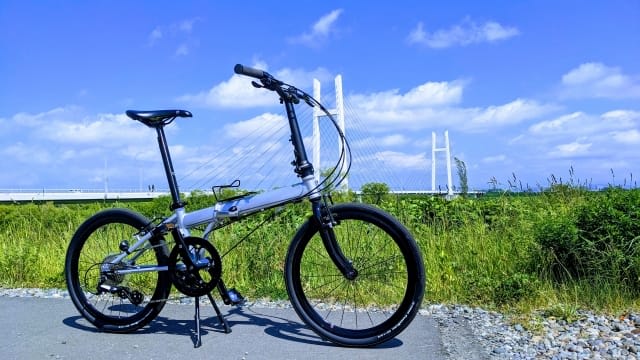
I'll explain important rules and precautions for safely enjoying cycling in Japan.
The basic rule that we locals practice daily is to ride on the left side of the road. This is particularly important for those riding a bicycle in Japan for the first time.
When riding on sidewalks, always prioritize pedestrians. On crowded sidewalks, it's good manners to get off your bicycle and push it when necessary.
It's legally required to turn on lights when riding at night. I also have a habit of turning on my lights as soon as it starts to get dark.
Drunk cycling is particularly strictly enforced. In Japan, drunk cycling is also subject to severe punishment, and you may be fined a large amount. Also, riding double is prohibited, so when riding with children, please always use separate bicycles.
Cycling Packing Checklist
I recommend carrying a mobile battery in case your smartphone runs out of battery. In my experience, GPS navigation often consumes more battery than expected.
Also, hydration is essential. Frequent hydration is particularly important in hot seasons.
A towel to wipe off sweat is also a must. I use a quick-drying sports towel. I also recommend bringing simple first aid supplies in case of minor scratches or insect bites. It's reassuring to have band-aids and disinfectant.
Frequently Asked Questions about Cycling in Tokyo
As a local resident, I'll answer in detail some common questions from people enjoying cycling in Tokyo for the first time.
What Do I Need to Bring for Renting a Bicycle?
First, you must bring identification (passport). Also, prepare a credit card for payment and cash for deposit.
A mobile phone is important as a GPS navigation tool and for emergency contact. For clothing, I recommend preparing appropriately for the day's weather. In my experience, considering sudden weather changes, it's reassuring to have a thin waterproof jacket.
What About Insurance in Case of an Accident?
The most important safety aspect is insurance. Many rental bicycle shops include basic insurance fees in the rental fee. However, in case of an accident, it's important to always report to the police and promptly contact the rental shop.
Also, always carry your insurance certificate. It's also important to check the insurance coverage in advance for smooth handling in case of an accident. It's also reassuring to check the coverage of your overseas travel insurance.
Are There Bicycles for Children?
To accommodate family tourism, many rental shops have bicycles of various sizes. I've arranged safe children's bicycles for my overseas friends with families before.
Notably, many shops offer helmet rentals. Prioritizing your child's safety, always wear helmets.
What's the Recommended Season?
The best season to enjoy cycling in Tokyo is spring, from March to May, with its mild climate. As a local, I especially recommend the cherry blossom season. October to November, with beautiful autumn foliage, is also a popular time, where you can enjoy autumn leaf viewing in comfortable weather.
In summer, the heat can be intense, so I recommend riding in the cooler morning and evening hours. In winter, protection against the cold is essential, but riding in the clear air is refreshing. Special caution is needed during the rainy season (June), and preparation for sudden rain is essential.
Tokyo cycling offers diverse courses, from beginner-friendly safe park courses to full-scale mountain routes for advanced riders. With proper preparation and following basic rules, anyone can enjoy it safely.
Please experience the charm of Tokyo that we locals continue to discover daily by bicycle. A new face of Tokyo that you can never experience on crowded trains awaits you.
I hope this article helps you enjoy a deeper and richer Tokyo trip through cycling!
